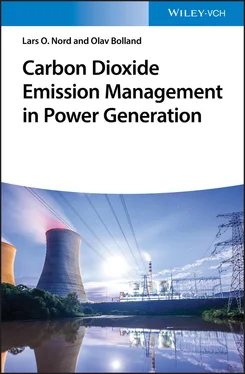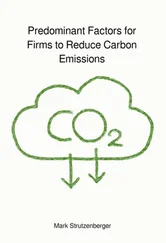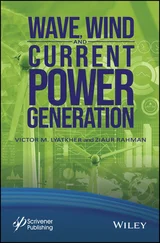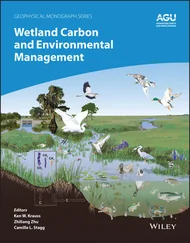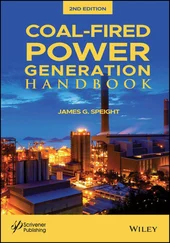3 GDP of a country is defined as the market value of all final goods and services produced within a country in a given period of time. It is also considered the sum of value added at every stage of the production of all final goods and services produced within a country in a given period of time. One can consider the GDP as a measure of standard of living, which means consumption of goods, travel, heating, etc.
4 According to Eq. (1.2), the population contributes proportionally to the emission of CO2. The annual world population growth was about 83 million in 2017, which is about a 1.1% growth rate.
It is indeed a challenge to balance the population growth with technology improvements (term 1) and energy intensity reductions (term 2) with respect to CO 2emissions.
Most people nowadays seem to accept that the observed change in global climate, especially during the past two decades, is man-made through emissions of greenhouse gases. Scientific knowledge of the global climate has developed greatly, not to fully understand it but to support a high probability for the link between change in global climate and man-made emissions of greenhouse gases (IPCC-WG1 2007). It is remarkable how the scientific community has moved over the past 20 years from strong disputes about climate science to the consensus observed today. Industrial corporations and most governments seem to accept the findings of the scientific community.
Is climate change good or bad? For some people, a warmer climate will definitely improve their life in many respects. Changes in the occurrence of animal and plant species may impact many people's comprehension of nature but would not necessarily be bad. The extinction of species and the appearance of new species is a continuous process in nature, and throughout history, climate change has been one cause for it. However, it is likely that climate change may result in a partial meltdown of the ice caps in Greenland and in Antarctica. The meltdown of thick ice caps was previously believed to be a very slow process, but recent knowledge indicates that the meltdown process is actually rather fast. Another negative effect is increased weather variability, with more storms and occurrences of heavy precipitation. In general, one can say that global warming will probably cause many problems for a large number of humans, resulting in the need for change with respect to where people can live and how to organise their society.
As mankind has always done in the past, he will somehow adapt to climate change. The ability and possibility to adapt will vary a lot depending on the location. Rich countries or countries with a lot of space will be able to adapt more easily to climate change than poor or densely populated countries. It is a paradox and an ethical dilemma that countries with the best ability to adapt to climate change are the ones emitting the most greenhouse gases. A very important decision we have to make is how we spend our resources between adapting to and reducing global warming.
In the future, we will most likely combine measures on how to reduce global warming and how to adapt to it. It is very difficult to know what measures should be emphasised. The longer we wait to introduce measures to reduce global warming, the more likely adaptation measures will become. It is also uncertain which measure will be most cost-effective, but today, it seems most people are in favour of reducing greenhouse gas emissions as a precautionary measure. Some countries and regions may only want to implement adaptation measures as they see the need for them.
1.6 Fossil Fuel Resources
Are we going to run out of fossil fuels soon? The answer is most likely no!
We are depleting the fossil fuel resources at an increasing rate. Nevertheless, there are still huge resources of coal and significant resources of oil and natural gas (Brandt and Farrell 2007; Chu and Goldemberg 2007; Freund and Kaarstad 2007). Both the amount of remaining resources and what is economic to produce have changed over time. It is hard to predict for how long there will be fossil fuel resources that are economic to produce. This mainly depends on fuel prices, cost of production, and environmental limitations, such as emissions of CO 2.
It should be noted that the technical challenge of producing fossil fuels is increasing. The resources that are easy and inexpensive to produce are the first to be exhausted, then comes the time of the more difficult ones. There is, however, no clear-cut transition between types of production, as one sees various kinds of ongoing fossil fuel production. Examples of resources from which it is difficult to produce are Canadian oil sand and Venezuelan heavy crude oil. The production of oil in these two examples requires a lot of expensive processing and use of energy before it can be fed to refineries. Other examples are oil shales, coal seams under the seabed, and natural gas hydrates. As the production on average becomes more difficult, there will be an increase in energy use and CO 2emissions from the production of the fuels.
Production from gas shales, particularly in the United States, has changed the North American natural gas market with significant price drops. It is likely that unconventional gas will increase in importance, not just in the United States but also in other parts of the world.
If proponents of peak oil 3 , such as Laherrère, Campbell, and Deffeyes (Swenson 2008), are correct, the predicted peak in oil production will take place before 2020 (Al-Husseini 2006). It is disputed whether this is likely. Even if this is the case, there are still so many fossil fuel resources left that we will probably produce transportation fuels by coal-to-liquid conversion.
There is one very important conclusion: the lack of fossil fuels will not cause a reduction of CO 2emissions soon enough to avoid an unwanted high atmospheric concentration of CO 2. This implies that we cannot simply sit back and relax, waiting for the fossil fuels to be exhausted and let the problem with man-made climate change go away by itself.
1.7 Definition and Rationale of CO 2Capture and Storage (CCS)
‘ Carbon dioxide (CO 2 ) capture and storage ’ (CCS) or ‘ carbon capture and sequestration 4 ’ is a family of methods for capturing and permanently isolating CO 2 that otherwise would be emitted to the atmosphere and could contribute to global climate change .
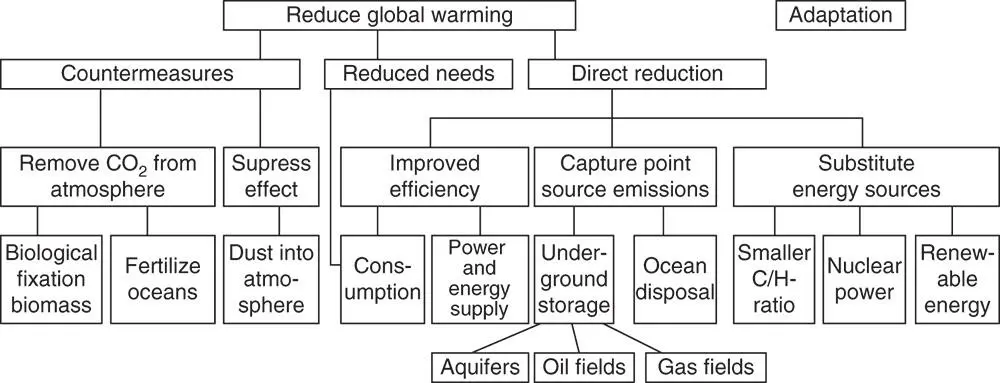
Figure 1.2 Options for reducing global warming.
Source: Based on Lindeberg and Holloway (1998). https://www.osti.gov/etdeweb/biblio/20016103. Licensed under CC-BY 2.0.
If we want to reduce the greenhouse effect and global warming, we can implement countermeasures , reduce the need for energy , thereby reducing CO 2emissions, or we can have a direct reduction (refer to Figure 1.2).
There are, in principle, four different ways of reducing CO 2emissions:
1 Reduce the consumption of fossil fuels by• increasing the efficiency of conversion processes• reducing the need for energy• the use of non-fossil energy sources such as hydropower, wind power, biomass, solar cells, and nuclear power.
2 Switch to fossil fuels with a lower carbon/hydrogen ratio, by substituting coal and oil with natural gas.
3 Capture CO2 from combustion plants and other industrial processes and store it in aquifers, in depleted or producing gas reservoirs, in oil reservoirs (enhanced oil recovery, EOR), or put it into the deep ocean.
Читать дальше
